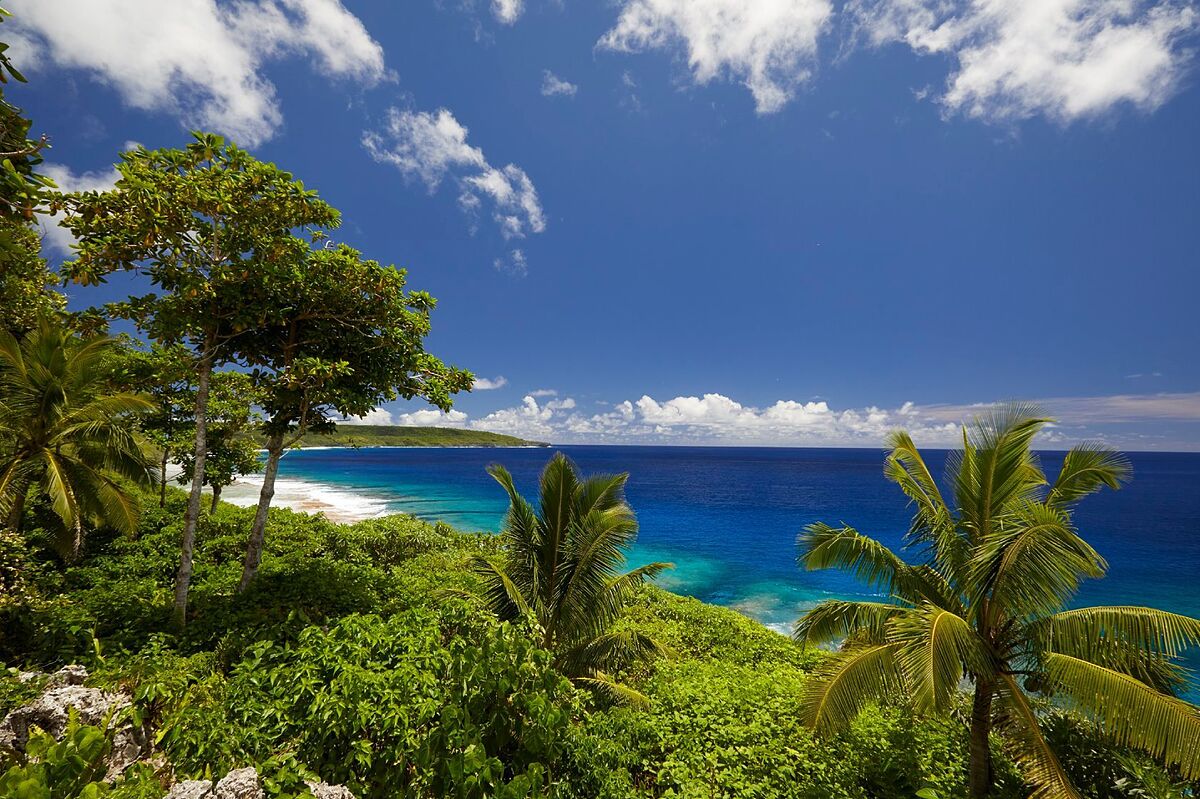Colombia assumed temporary leadership of the **CMAR** this week, the regional alliance that seeks to **protect the [Pacific Ocean](https://noticiasambientales.com/medio-ambiente/alerta-por-las-temperaturas-record-en-los-oceanos-el-impacto-en-la-biodiversidad-y-comunidades-costeras/)**.
Minister of Environment **Lena Estrada Añokazi** took over the pro tempore Presidency of the Eastern Tropical Pacific Marine Corridor (CMAR).
The alliance that seeks to protect the Pacific Ocean and Colombia’s role

Estrada Añokazi, leading the Government of Change, took on the leadership role. It is a regional alliance that for **over two decades has been protecting one of the richest and most diverse marine treasures** on the planet.
The handover ceremony took place at the **Panama Foreign Ministry**, where the minister took over from the current president, her Panamanian counterpart **Juan Carlos Navarro**.
“We will work to ensure that the CMAR becomes an initiative that supports actions addressing the planetary triple crisis: **climate change, pollution, and the [loss of biodiversity](https://noticiasambientales.com/medio-ambiente/dramatico-en-los-ultimos-50-la-perdida-de-biodiversidad-llego-al-73/)**,” she expressed.
“Today there are approximately **[200 million tons of plastic](https://noticiasambientales.com/ciencia/los-cientificos-alertan-de-la-invasion-de-microplasticos-en-1-300-especies/)** in the oceans, compromising their ability to **mitigate climate change** and affecting species loss in the core areas of the corridor,” added Estrada Añokazi.
“We need to collaborate as CMAR countries to achieve a **[global treaty to stop plastic pollution](https://noticiasambientales.com/medio-ambiente/empiezan-las-negociaciones-para-un-tratado-mundial-contra-la-contaminacion-por-plasticos/)**, reducing production and consumption and addressing this threat at its root,” she elaborated.
“Likewise, we need to collaborate regionally to address the main threats of the corridor, including **illegal, unreported, and unregulated fishing**,” emphasized the official.
In that sense, she reported that, under her presidency, efforts will be made to transform the CMAR into an initiative that contributes to improving the living conditions of **coastal communities**.
Many of them are ethnic communities that have historically been forgotten and marginalized.
“We must ensure that all actions we take are done hand in hand with these communities, strengthening an approach that territorializes the benefits of regional action,” she specified.
The Eastern Tropical Marine Corridor
In this regard, the minister highlighted the work of park rangers in conserving this Marine Corridor.
Therefore, she added that, with the support of **Colombia’s National Natural Parks**, the internationalization of the corridor will be promoted, which has lessons learned for **negotiation and compliance with international commitments** in environmental matters.
“We will contribute our experience in managing protected marine areas to strengthen this regional alliance,” added the director of Colombia’s National Natural Parks, **Luisz Olmedo Martínez**.
“The areas that make up the Corridor in Colombia are **living laboratories of conservation, research, and participatory governance**. We will work to consolidate the internationalization of the corridor, contribute to the fulfillment of global commitments, and position CMAR as a model of effective cooperation to address the **climate crisis and protect marine biodiversity**,” he expressed.

A gem for biodiversity
The CMAR, created in 2004, brings together the four countries to conserve an oceanic region of over 2 million square kilometers.
This region is home to **10 protected marine areas** of high ecological value. Among them are Cocos, Bicentenario, Coiba, Cordillera de Coiba, Galápagos, Hermandad, Gorgona, Colinas y Lomas, Yuruparí, and Malpelo.
These spaces are **interconnected by migratory corridors** of emblematic species such as **sharks, turtles, whales, and seabirds**.
It is estimated that more than **160 endemic and migratory species** inhabit this area, many of them currently at risk. Protecting them not only safeguards biodiversity but also essential ecosystem services for millions of people who depend on marine resources.

